What is gluten, why do some people think it is pure culinary evil, and why are there more and more products devoted to being free of this mysterious substance? Here's what one person thinks:

What Is Gluten Really?
Gluten is a protein found in wheat (including lesser-known species of wheat like kamut, einkorn, and spelt), barley, rye, and triticale (a cross between wheat and rye). It gives baked goods their delicate crumb and is one of the factors that make bread so deliciously chewy. It's activated when you add liquid to flour or stir a batter or dough vigorously.

Pastry chefs treat gluten with wary respect because a little makes a cake light and fluffy, but if there's too much, it'll come out tough. That's why so many cake recipes contain the instruction "do not over-beat." And that's why bakers knead bread: to activate the gluten further and increase elasticity in the loaf.
What's the Problem with It?
Alas, there are a lot of people out there who just can't digest gluten. For those with celiac disease, an autoimmune disorder, ingesting gluten wreaks havoc with the small intestine and prevents the body from being able to take in vital nutrients. They can't have gluten in any form or it seriously compromises their health.
That means eating in most restaurants is impossible, and buying food becomes problematic, since most groceries are processed in factories alongside wheat or other gluten-containing items. Celiac patients must buy foodstuffs that are certified gluten-free, which means there is less than 20 ppm (parts per million) of gluten present, according to the FDA.
Celiac Central estimates about 1 percent of Americans suffer from this disease, or about three million people. WebMD says that as many as 6 out of every 100 people experience some degree of gluten intolerance while not having full-blown celiac disease. Either way, there is a huge demand for gluten-free foods.

Some medical professionals and nutritionists believe that many people who have some degree of gluten intolerance aren't being correctly diagnosed. Symptoms can include acne, skin rashes, fatigue, bloating, depression, mood swings, and gastro-intestinal issues of all kinds.

Gluten Intolerance Is on the Rise
The number of people being diagnosed with celiac disease or gluten intolerance is on the rise. No one really knows why. Certainly growing awareness of the symptoms is one factor. Some doctors point the finger at pesticides and genetically modified wheat, saying that modern wheat bears little resemblance to the original crop our ancestors ate, which makes it difficult to digest. Other doctors and researchers say this is bunk, pure and simple.

Other Reasons People Avoid Gluten
Some people are going gluten-free because they want to lose weight and feel healthier, and they believe eliminating gluten will help with these goals.
While wheat and gluten are not the same thing, wheat is one of the biggest sources of gluten. And let's face it: most highly processed junk food is comprised of wheat: cakes, cookies, white bread, and anything batter-coated and deep-fried. So if you go gluten-free, you're basically not eating any more empty calories.

However, a life completely devoid of bread (and pasta, cake, and doughnuts) is a sad and lesser existence. Whether you have to give up gluten or just want to, there are ways to still eat your gluten-free cake and enjoy it, too.
What You Should Know About Gluten-Free Baking
You'll enjoy what you make a lot more if you stop comparing it to baked goods made with conventional ingredients. Gluten-free scones, cookies, biscuits, et. al. can be delicious, but they are not going to taste identical to ones you've known and loved in the past.
The textures of gluten-free foods will be different, as will the flavors. Let go of your expectations and be open to the fact that you're going to have to learn some new tricks in your kitchen to get good results.


A Few Good Tips
Speaking of tricks, following in the paths of others who have gone before you is key when you start baking gluten-free goods. There are many folks out there fighting the good (gluten-free) fight as they produce breads, bagels, cakes, and croissants, so absorb their knowledge. This chart is a helpful guide to the properties of the most common gluten-free flours, like almond, arrowroot, sorghum, and teff.
When I bake gluten-free, I almost always separate the eggs and beat the whites until they form soft peaks, then fold them into the batter—this makes the end result a lot fluffier and lighter.

I've also learned that using buttermilk instead of milk will give the final product that airy, delicate quality all bakers covet. The same goes for adding an acid like apple cider vinegar or lemon juice to any recipe that has baking soda or powder in it.
Be a Mixmaster
As mentioned above, lightness and fluffiness are prized qualities in almost all baked goods. In order to make that happen with gluten-free recipes, you're going to have to combine different types of flour. Many gluten-free bakers use xanthan gum and guar gum to mimic gluten in their recipes, while others eschew it, saying gums add a strange aftertaste and are hard to digest. It's up to you.

Many companies now have gluten-free flour mixes (including King Arthur, Bob's Red Mill, and Trader Joe's that they say can be used in much the same way as all-purpose wheat flour. These are great, relatively inexpensive mixes to use when you're starting out, and most pre-made mixes contain xanthan gum so you don't have to add your own. As you discover which flours you do and don't like, you'll probably want to experiment with ratios and make your own mixes.
Note: If you have celiac disease, be sure you don't buy flours from bulk bins—someone may have stuck a wheat-covered scoop in one of them by accident.
Make It Your Own
Experiment and enjoy the process of discovery. After years of baking gluten-free, I discovered that I prefer almond and cashew flour above all others. They add a rich, naturally buttery quality to baked goods and they're high in protein and nutrients, too. Elana's Pantry usually recommends a mix of almond and arrowroot flour as well as coconut flour for many of her recipes. Quinoa and teff also make great flours.
Start with Dessert
Muffins, cookies, cakes, quickbreads like pumpkin and banana, scones, and brownies are natural places to start when baking gluten-free. It's easy to swap in almond, oat, and barley flour for a basic chocolate chip or peanut butter cookie recipe. There are even recipes that use an entire jar of peanut or almond butter and eggs as the cookie base—no flour necessary!
Explore Other Cultures
Asia, Africa, India, Europe: all of these places have cooking and baking traditions that don't involve the use of wheat, but instead use gluten-free flours like buckwheat, garbanzo bean, rice, barley, oat, and sorghum, so be sure to explore the recipe archives of different parts of the world.

Look to the Classics
If you're still feeling leery about jumping in and reproducing your favorite baked goods sans gluten, ease into it by focusing on the many recipes that have been around for ages and are effortlessly gluten-free or can be easily made that way: flourless chocolate cake, meringues, macarons and macaroons (remember, there's a difference), polenta cake, florentines... the list is pretty extensive.

One good savory recipe to start with? Pão de Queijo, or Brazilian cheese bread. This recipe is ridiculously easy, is made with tapioca flour, and is perhaps the Platonic ideal of cheesy goodness.

What's your favorite gluten-free recipe?
Just updated your iPhone? You'll find new emoji, enhanced security, podcast transcripts, Apple Cash virtual numbers, and other useful features. There are even new additions hidden within Safari. Find out what's new and changed on your iPhone with the iOS 17.4 update.
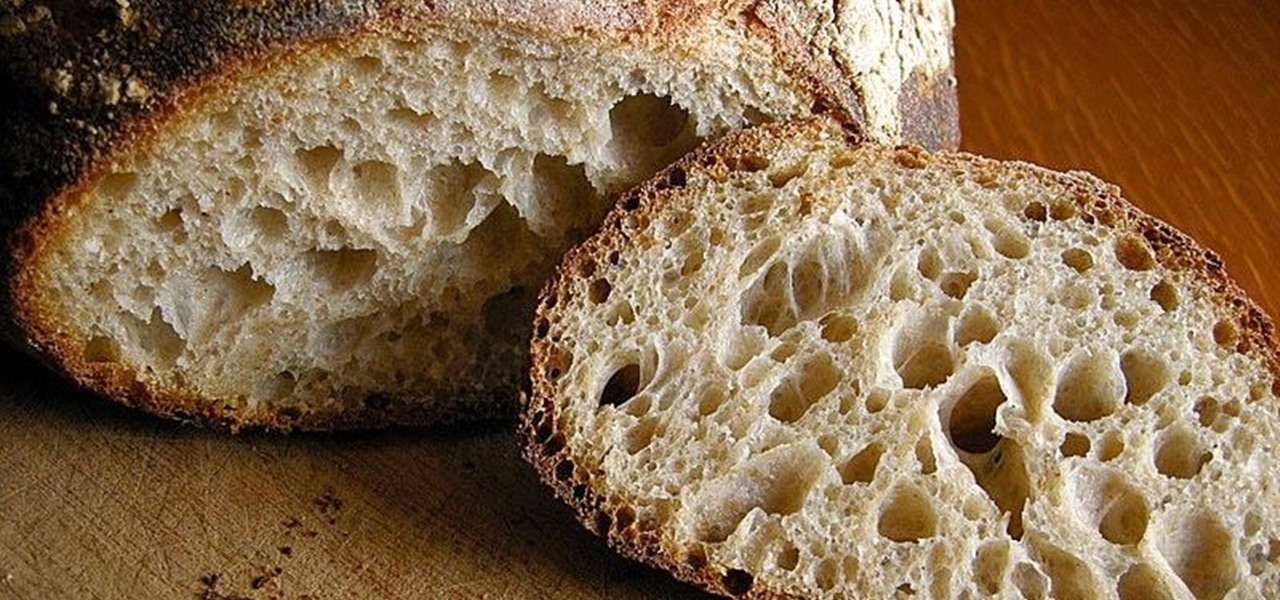




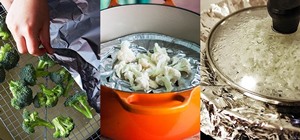
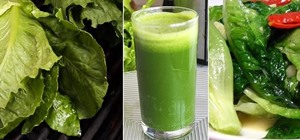

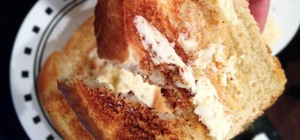
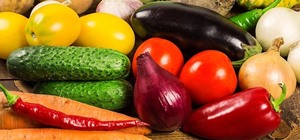









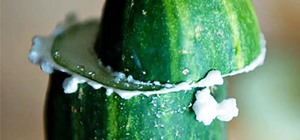
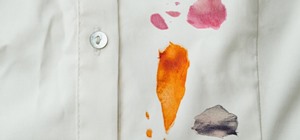
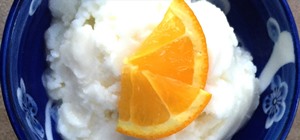
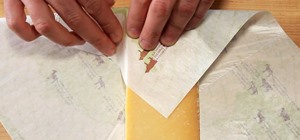
4 Comments
I love bread, all my life I ate large quantities daily. I never felt any symptoms described here. Do I have any reason to worry about?
I'm asking because in today's "internet life" every day some one is making scary warnings about everything. I thinks there nothing left we can live with.
Sounds like you're fine. Go forth and eat sandwiches, you lucky bastard.
good article. funny thing, once people know what to do, they think these articles are worthless, but since new people get diagnosed every day, there are always new readers looking for guidance.
keep it up.
Thanks, Josef. It's such a complicated topic that it can feel overwhelming, but I think easy ways to introduce knowledge to newbies are worthwhile to explore.
Share Your Thoughts